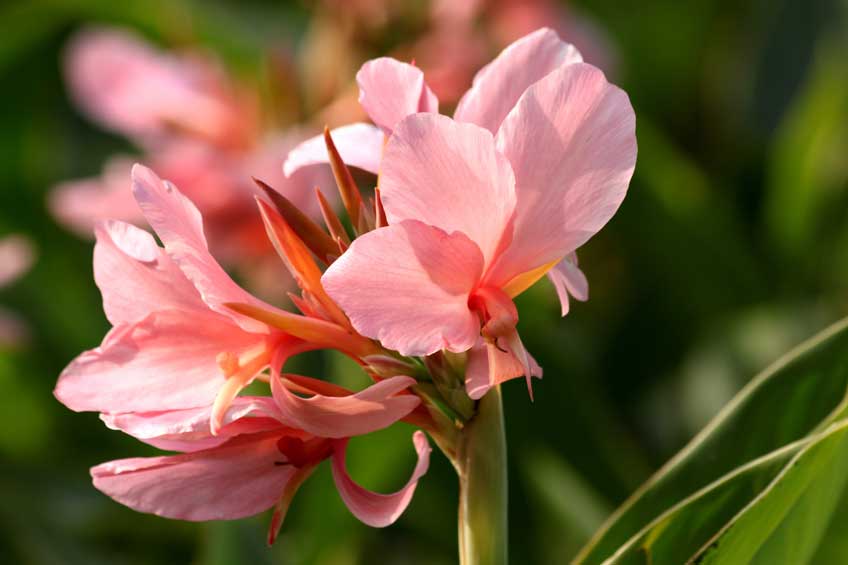Most gardeners roll their eyes and change the subject at the mention of drainage.
Yet our increasingly erratic climate – including more heavy downpours and longer dry periods between rainfall - means that evaluating drainage is worth the effort.
Words: Arno King

While subsoil drainage, such as drainage grates, gravel pits and sumps, are effective in light rain, heavy downpours overwhelm pipes and the water sheets
across the landscape.
The key to dealing with heavy rain is to use swales to slow the movement of water across the soil surface. Swales are very shallow, often imperceptible,
broad channels that take water across the site from the highest to the lowest point. Generally they are located in lawn areas, however they might also
run through a garden bed. By spreading the water out, they slow its movement. This avoids erosion, and allows water to infiltrate the soil, recharging
the underground water table.
Swales can often be readily incorporated into an existing lawn with the help of a small digger.In steeper areas, zig-zagging the swale down the slope to
increase the swale’s length will reduce water speed and the risk of erosion. The use of rocks and well-rooted plants can also minimise the impact of
a downpour in areas where the water rushes. Useful species are often rhizomatous (with rhizomes), such as Alpinia, Canna, Dianella, Hedychium, Hemerocallis, Hymenocallis, Liriope, and
Lomandra.
So next time you experience heavy rain, don the raincoat, grab an umbrella, and head outside. Assess where the water is ponding; where the water is flowing;
and what damage is occurring, or may occur. Could you move the excess water across your property more effectively by slightly modifying the grades
within the garden? A little time spent and money spent on improving the flow of water across the garden could well be the best money you ever invested
in your property.